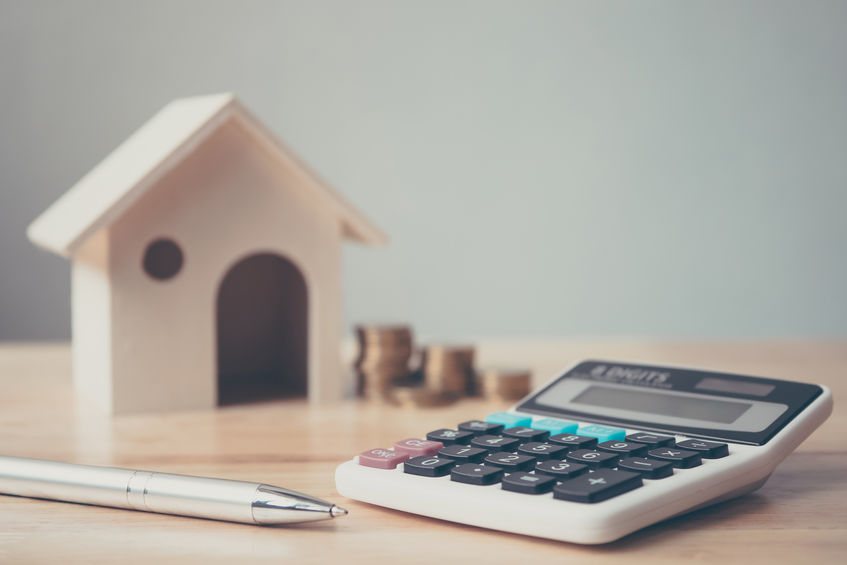
The thought of becoming a landlord can be overwhelming for some. Bringing many considerations and even more responsibilities. That said, it’s also a very exciting prospect – a monthly passive income, a diverse investment portfolio and more financial freedom.
From the investment process itself, to taxes and general maintenance, prospective investors have a lot of things to consider before taking the plunge to becoming a Buy-to-Let landlord.
Property investment company, SevenCapital, discusses some of the key considerations of purchasing Buy-to-Let property:
Costs of Becoming a Buy-to-Let Landlord
Arguably one of the more important things to consider first and foremost is costs. Like with any investment, whether that be Buy-to-Let property or cryptocurrency, it’s a good idea to begin with a financial plan with a clear goal to work towards.
Purchase Price
As you might imagine, the purchase price will be one of (if not) the biggest costs to becoming a landlord. There are many factors that contribute to these prices, including the type of property and its location. The majority of your research will probably be dedicated to deciding which property and location will get you closer to achieving your financial goals.
Although the average UK property price is now surpassing £300,000, apartments can often be more affordable, especially in emerging locations. Landlords can expect 1-bed apartments to average around £205,000, whereas the average 1-bed house is surpassing £211,000.
When considering the differences in rental yields, the disparity becomes a serious consideration for prospective Buy-to-Let landlords. While houses are typically more expensive than apartments, this bigger price tag doesn’t always translate into bigger rental yields. Instead, 1-bed apartments in an emerging market such as Bracknell, on average, yield 4.76%, as opposed to the 3.15% rental yield of 1-bed houses.
Mortgages
Another financial consideration for entering the market for many Buy-to-Let landlords is a mortgage. Most investors will have to consider different financing options, whether that be a cash investment, an interest only, or repayment mortgage.
While interest-only mortgages often allow for more affordable mortgage payments, landlords won’t own the property at the end of the agreed term, unlike with a repayment mortgage. With this finance option typically demanding higher monthly payments, your choice largely depends on your financial situation and goals.
Maintenance/Running Costs
The costs of being a Buy-to-Let landlord do not end at purchase prices and mortgages. Once you’ve got your property up and running, there’ll be some day-to-day costs to consider. It’s not unheard of for lenders to ask for landlord insurance when taking out a mortgage. This cover includes both the property and liability protection. As an insurance to protect against financial losses, this is a vital consideration.
In addition to landlord insurance, rent guarantee provides extra cover to protect landlords’ finances should the tenants fail to pay their monthly rent. The purpose of this insurance is to make sure landlords receive their monthly income. For those with a mortgage this can be crucial to consider. With rent guarantee cover, the subsequent risk to these additional payments is reduced.
Most importantly, it is the landlord’s responsibility to ensure the property is safe for tenants. There are several annual checks of different areas that work towards this, including fire, electrical and gas safety. From accessible fire escapes to carbon monoxide detectors, the annual review of these areas is a significant responsibility for first-time landlords to bear in mind.
Responsibilities of Becoming a Buy-to-Let Landlord
Choosing your property type, finance option and location are small parts of a much larger puzzle, with the majority of responsibilities coming later on. From making the property marketable to prospective tenants, to managing it, being a landlord often comes with many considerations throughout.
A lot of estate agencies offer property management services. This additional cost can reduce your monthly rental income subsequently reducing your profit. For those who want to maximise their passive income, there will be different aspects to think about, including picking the right tenants and ensuring all legal checks are complete.
Ensuring your Buy-to-Let property is suitable for modern tenants is key. Without this demand, there is greater risk of void periods and inconsistent income. Early on landlords will have to consider the desirability of the property. Making decisions that reflect this.
Most importantly, being a hands-on landlord – without a management service – means seeing to all issues the tenants may have. Whether this is a simple enquiry, or a significant maintenance issue, landlords will have to rectify these at their own cost. As well as emphasising the responsibilities of having a Buy-to-Let property, also reiterating the additional costs that landlords could incur.
Taxes related to Buy-to-Let Landlords
Regardless of which investment asset you choose, there’ll be certain taxes you will need to consider, such as income tax. For prospective landlords, knowing what to expect with taxes is key. Often affecting how much profit you see each month.
The first £1,000 of rental income from a Buy-to-Let property is tax free. Once you pass this threshold, you can expect to pay income tax on the monthly income you receive from renting out the property. Any income from a property is included within your personal allowance of £12,500 so you can expect to pay income tax on any rental income past this point.
Stamp Duty Land Tax is paid at the beginning of your Buy-to-Let journey. Potentially adding a considerable amount on to your investment. Although the UK has been on a Stamp Duty Holiday since July 2020, prospective landlords looking to invest after October 2021 could be paying normal rates of Stamp Duty.
As we have seen, there is a wealth of considerations that come with Buy-to-Let property, but with the positives far outweighing the drawbacks, we are seeing more first-time landlords enter the market. With there now being more resources and guidance tools for landlords, the opportunities for prospective investors are becoming stronger.



